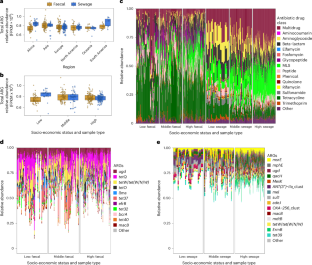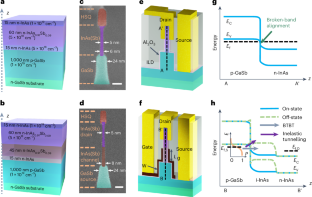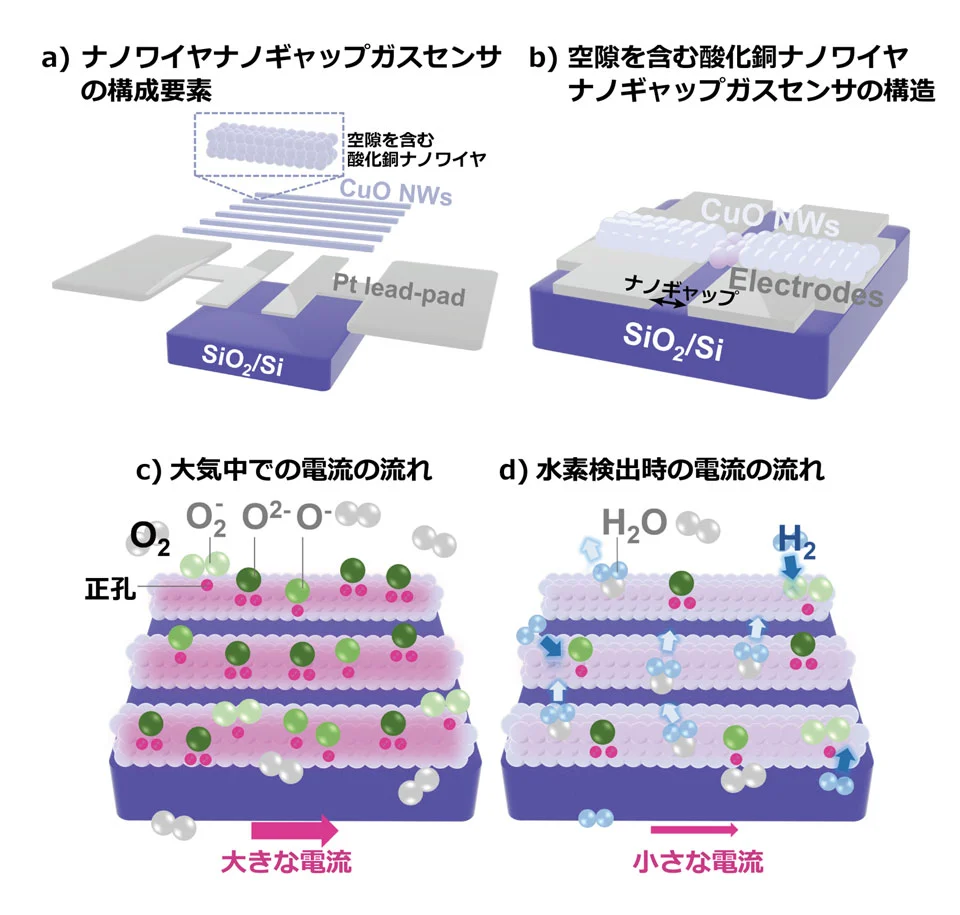2024-11-05 バージニア工科大学(VirginiaTech)
<関連情報>
- https://news.vt.edu/articles/2024/10/eng-cee-combating-antimicrobial-resistance.html
- https://www.nature.com/articles/s44221-024-00310-w
社会経済的地位の関数としてのヒトの糞便および下水レジストムの世界的規模の調査 Global scale exploration of human faecal and sewage resistomes as a function of socio-economic status
Suraj Gupta,Xiaowei Wu,Amy Pruden,Liqing Zhang & Peter Vikesland
Nature Water Published:24 September 2024
DOI:https://doi.org/10.1038/s44221-024-00310-w

Abstract
Prior studies have shown that socio-economic indicators collectively explain most of the variance in sewage resistomes. However, the relationship between human faecal and sewage resistomes has not been well characterized. We investigated common and discriminating features between human faecal and sewage microbiomes and resistomes by analysing 451 publicly available metagenomic samples from 69 countries (240 human faecal samples from 23 countries and 211 urban sewage samples from 60 countries) representing different socio-economic statuses. We found that sewage and human faecal resistome compositions were distinct, with sewage exhibiting higher relative antibiotic resistance gene abundance and total diversity than human faeces. The ANOSIM test revealed stronger separation by socio-economic status in sewage samples (R = 0.47) compared to faecal samples (R = 0.17). The distinctions between human faecal and sewage resistomes revealed in this study are key considerations in the advancement of sewage surveillance efforts aimed at informing the antibiotic resistance status of human populations.



